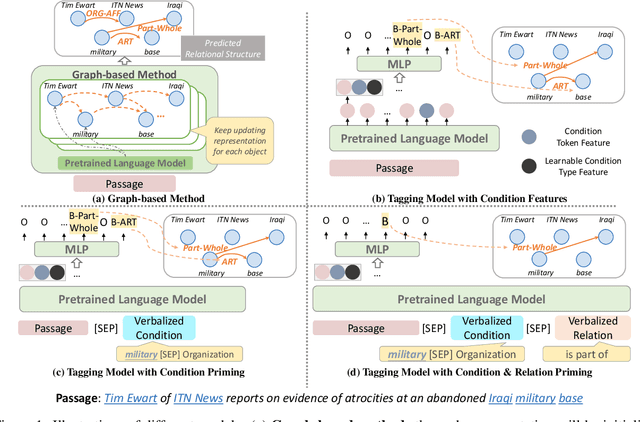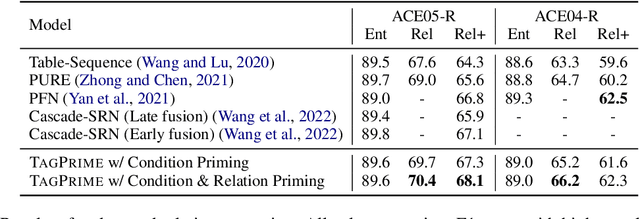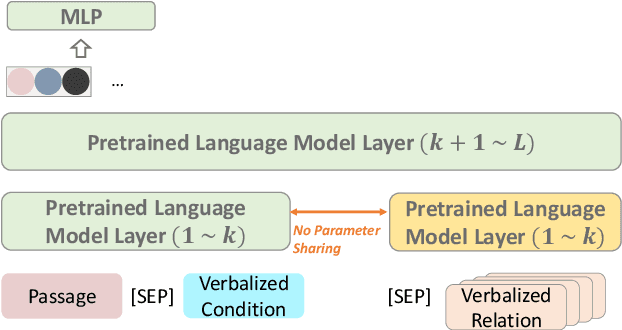Shuning Zhang
ReactGenie: An Object-Oriented State Abstraction for Complex Multimodal Interactions Using Large Language Models
Jun 16, 2023Abstract:Multimodal interactions have been shown to be more flexible, efficient, and adaptable for diverse users and tasks than traditional graphical interfaces. However, existing multimodal development frameworks either do not handle the complexity and compositionality of multimodal commands well or require developers to write a substantial amount of code to support these multimodal interactions. In this paper, we present ReactGenie, a programming framework that uses a shared object-oriented state abstraction to support building complex multimodal mobile applications. Having different modalities share the same state abstraction allows developers using ReactGenie to seamlessly integrate and compose these modalities to deliver multimodal interaction. ReactGenie is a natural extension to the existing workflow of building a graphical app, like the workflow with React-Redux. Developers only have to add a few annotations and examples to indicate how natural language is mapped to the user-accessible functions in the program. ReactGenie automatically handles the complex problem of understanding natural language by generating a parser that leverages large language models. We evaluated the ReactGenie framework by using it to build three demo apps. We evaluated the accuracy of the language parser using elicited commands from crowd workers and evaluated the usability of the generated multimodal app with 16 participants. Our results show that ReactGenie can be used to build versatile multimodal applications with highly accurate language parsers, and the multimodal app can lower users' cognitive load and task completion time.
A Simple and Unified Tagging Model with Priming for Relational Structure Predictions
May 25, 2022



Abstract:Relational structure extraction covers a wide range of tasks and plays an important role in natural language processing. Recently, many approaches tend to design sophisticated graphical models to capture the complex relations between objects that are described in a sentence. In this work, we demonstrate that simple tagging models can surprisingly achieve competitive performances with a small trick -- priming. Tagging models with priming append information about the operated objects to the input sequence of pretrained language model. Making use of the contextualized nature of pretrained language model, the priming approach help the contextualized representation of the sentence better embed the information about the operated objects, hence, becomes more suitable for addressing relational structure extraction. We conduct extensive experiments on three different tasks that span ten datasets across five different languages, and show that our model is a general and effective model, despite its simplicity. We further carry out comprehensive analysis to understand our model and propose an efficient approximation to our method, which can perform almost the same performance but with faster inference speed.
 Add to Chrome
Add to Chrome Add to Firefox
Add to Firefox Add to Edge
Add to Edge